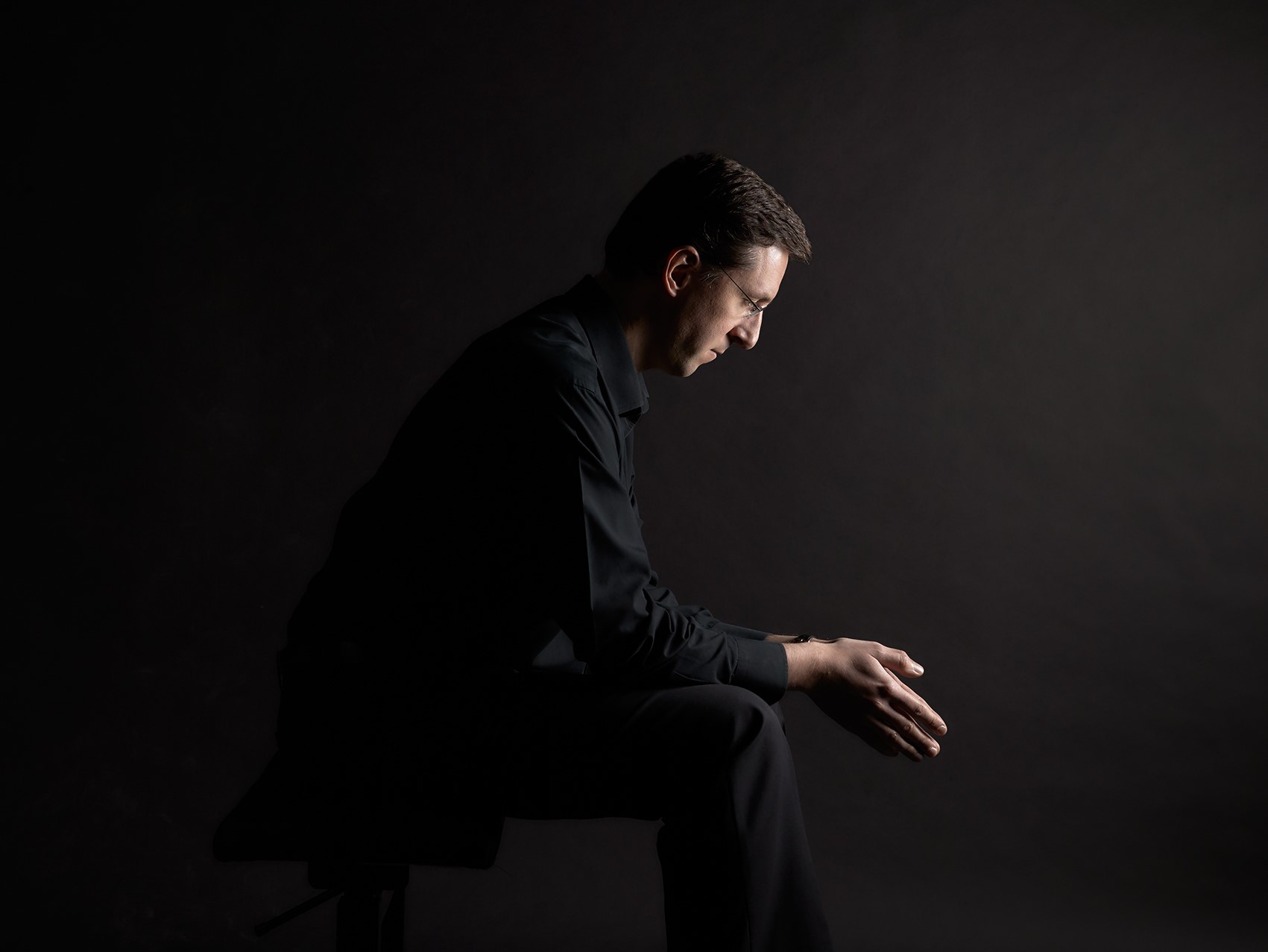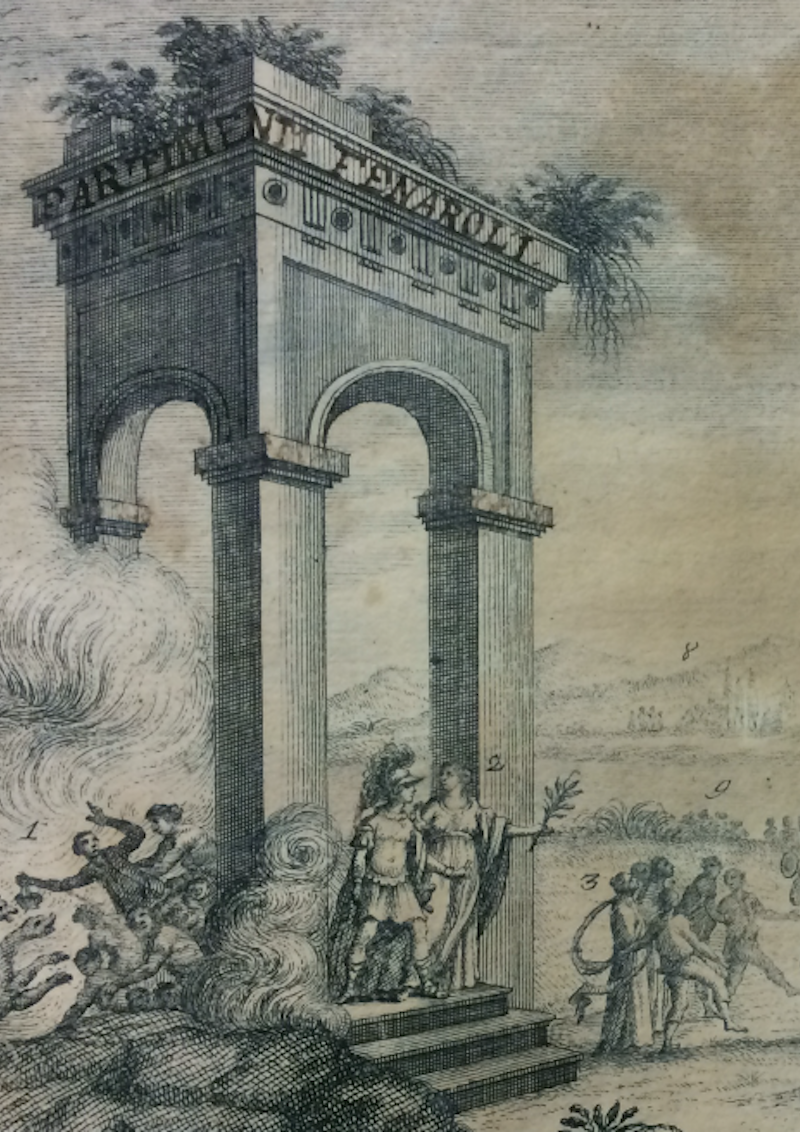New musicological research has shown that in the past, writing scores was not the main part of the education of young composers. The early conservatories of Naples pioneered with the basically non-verbal teaching of partimenti to children as young as ten years old. A partimento is defined by musicologist Giorgio Sanguinetti as "a sketch, written on a single staff, whose main purpose is to be a guide for improvisation of a composition at the keyboard."
The partimento was a series of cues to the musical memory and imagination of the child. Given a partimento, the child was expected to improvise the upper voices and melody of a full composition. After all, through intense training, the child was taught patterns set by the rules, regole, of his partimento master. The most famous master was Fedele Fenaroli (1730-1818).
This project is an in-depth study of Fenaroli's 'Regole', their embodiments in his partimenti, their realizations by his students, and their diffusion to other musical centers (for example the Conservatoire of Paris). The project combines musicological inquiry with considerations for the possible artistic and pedagogical impact of these artisanal methods of instruction on modern students and music-training institutions.






